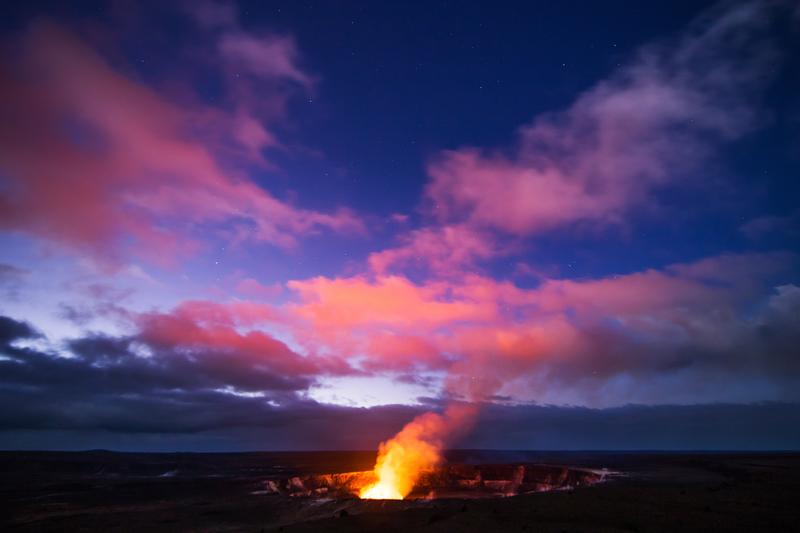The eruption of Mount Lewotobi Laki-laki volcano in eastern Indonesia late on Sunday, November 3, has resulted in at least ten fatalities and the evacuation of over 16,000 inhabitants from nearby villages.
The volcanic blast propelled dense, brownish ash around 6,500 feet skyward, and volcanic debris was scattered as far as 3.7 miles from the crater. The eruption precipitated power outages, heavy rainfall, and lightning, inciting fear among the populace in the impacted areas.
Sister Nikolin Padjo, a Catholic nun serving in Hokeng village, was among the deceased. Another nun was still unaccounted for, according to Agusta Palma, leader of the Saint Gabriel Foundation, which supervises convents on the island. The explosion caused damage to the San Domingo Hokeng Middle Seminary and resulted in injuries to several seminarians.
By Tuesday morning, authorities had relocated around 2,472 of the total 16,086 villagers from eight different villages. The evacuation process was slowed by thick layers of volcanic ash blanketing the roads. The catastrophe damaged an estimated 2,384 homes and at least 25 schools in the affected region.
Local official, Heronimus Lamawuran, verified that seven villages have been impacted by the eruption. The local administration has declared a state of emergency for a period of 58 days, facilitating central government aid to the affected residents.
The Center of Volcanology and Geological Hazard Mitigation elevated the volcano’s alert status to the maximum level and designated a four-mile safety zone around the crater. Four minor airports on Flores Island, including the closest one in Maumere, halted operations due to security concerns.
Indonesia’s disaster management agency has warned of potential flash floods and cold lava flows in the days ahead. The country’s geology agency linked the eruption to the pressure accumulation caused by a magma obstruction in the crater.
This eruption is the second volcanic incident in Indonesia in the past two weeks, following the October 27 eruption of Mount Marapi in West Sumatra province. Indonesia, with its 120 active volcanoes, is located on the Pacific “Ring of Fire” – a zone of intense seismic activity due to multiple tectonic plates.
Earlier this year, Mount Ibu on Halmahera Island and Ruang volcano in North Sulawesi also erupted, necessitating mass evacuations. In May, flash floods and cold lava flows from Mount Marapi led to more than 60 deaths.


